Celebrating 30 Years of ‘Living on Earth’
Air Date: Week of April 24, 2020
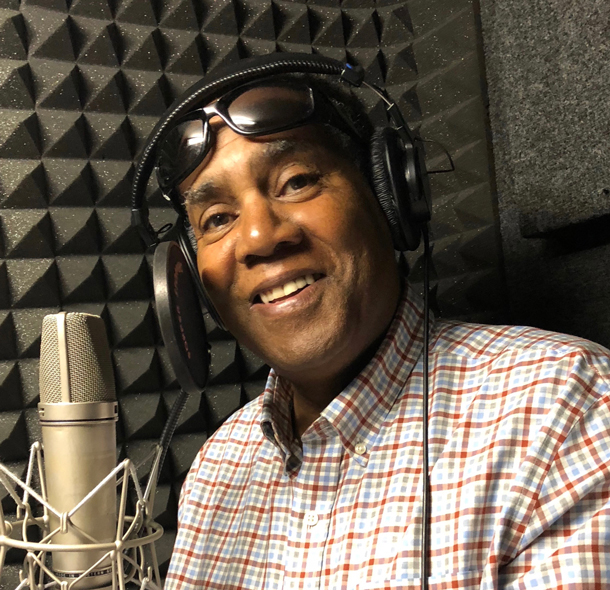
Living on Earth Host and Executive Producer Steve Curwood in the recording studio. (Photo: Courtesy of Steve Curwood)
In April 1990, with a growing awareness of the potentially catastrophic impacts of global warming, Steve Curwood launched four pilot shows of “Living on Earth”. The weekly radio program has run continuously for nearly 30 years, and Host and Executive Producer Steve Curwood reflects on the challenges and rewards of carrying on the unceasing work of covering environmental news.
Transcript
CURWOOD: This Fiftieth anniversary of Earth Day marks a wonderful and humbling milestone for this radio program, because thirty years ago with help from friends, especially Deborah Stavro Lapides and George Homsy, I created and broadcast the first 4 pilots.
As a journalist, I had come to believe that environmental change was the greatest story largely ignored by the media and it was my duty to try to make a difference.
I was taught that the freedom of the press is embedded in the US constitution because part of the power of the people in a free society is the power of the press.
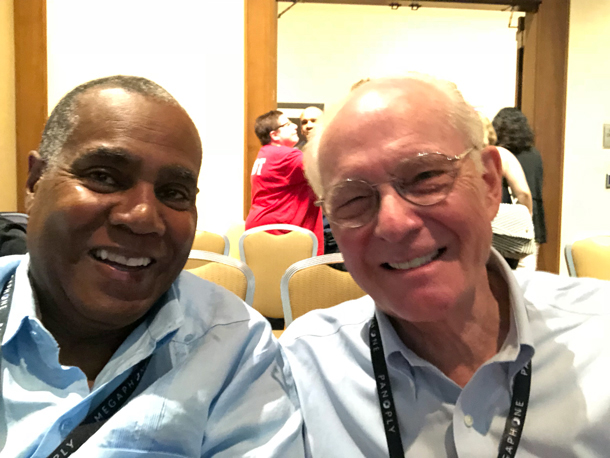
Steve Curwood and public radio legend Bill Siemering, the author of NPR’s original mission statement. (Photo: Steve Curwood)
Free citizens in a democracy need to be well-informed by the truth, and it’s the duty of the press to tell that truth with the best stories.
It can be risky, to put it mildly.
I worked at the Boston Globe just after college under the leadership of editor Tom Winship when the paper defied President Nixon and the federal government and published leaked Pentagon Papers after the courts had muzzled the Washington Post and the New York Times.
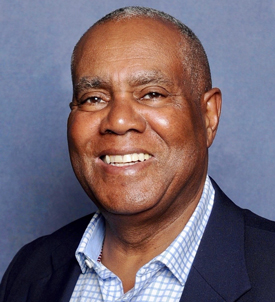
Living on Earth Host and Executive Producer Steve Curwood. (Photo: Living on Earth)
Tom also refused to back down during coverage of school desegregation in Boston even after somebody fired a barrage of bullets into the newsroom building.
So, with those examples and others in mind, when I first became aware of global warming in 1989, I knew I had to act.
And my key source was Scientist George Woodwell, who made a simple and compelling case.
If humanity kept burning fossil fuels and cutting down trees, he said, eventually global warming would start melting arctic permafrost and start releasing the gigatons of carbon stored there.
So, with more and more carbon coming out of the permafrost there would be even more and more warming and at some point, this feedback loop would become a runaway reaction beyond human control and civilization would end.
Wow, talk about a story!
Bigger than the economy, bigger than war and peace, and something people needed to know.
And, by the way, as I did my research, I also saw the natural and built environments were headed for trouble beyond climate concerns, with pollution compounding the loss of habitat and species.
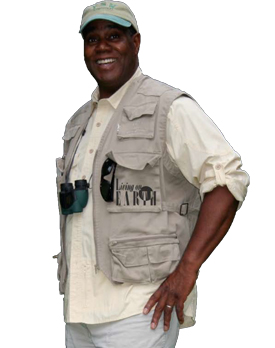
Host and Executive Producer Steve Curwood piloted the Living on Earth program in April 1990. (Photo: Living on Earth)
So, with an eye on informing the public my response as a journalist was to tap my experience as a radio producer and presenter and start this program.
The first four shows considered nuclear power to address climate risk, the burdens of environmental injustice, overfishing the oceans, and the intelligence of animals and those themes remain today.
Our team has won many awards and accolades, but we have also drawn plenty of fire from those who feel their profits might be threatened by our truth-telling, especially those who have told the lies of climate denial.
Fossil fuel and chemical industry interests have led the attempts to bully and intimidate us with verbal and written threats, lobbied to cut our federal funding, and put pressure on stations that carry us.
But Living on Earth is still here, bringing you the stories many in the industry would rather never see the light of day.
And along with bad news, we have been able to cover some truly bright spots.
As far as the climate story now goes, the good news is that society does have all the technology it needs to stop burning fossil fuels and cutting trees and instead pivot to a sustainable energy future.
But as humanity seizes the possibilities and taps free and limitless sunlight and wind, we don’t forget the stories of the coal miners and others who gave their health and lives to modernize the world.
And we keep advancing the many stories of environmental justice.
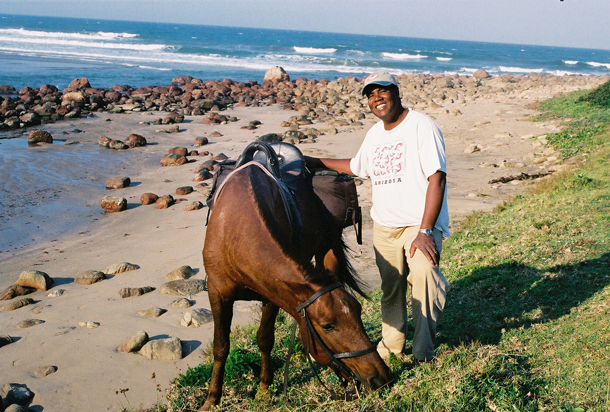
Steve enjoys recharging in the great outdoors. (Photo: Courtesy of Steve Curwood)
Somebody once asked how I can keep reporting on environmental change when it can be so depressing and frankly scary at times.
My answers are simple.
I get to work with great crews, with some of the smartest, most creative, and hard-working folks I know.
I also get outside a lot to better appreciate this great gift called Earth, as nature has an amazing ability to heal.
And I find the abundance of life is truly the best story there is.
Links
Explore Living on Earth’s extensive archives!
Connect with Steve Curwood via Twitter
About ecologist George Woodwell
“A World to Live In” by George Woodwell
Living on Earth wants to hear from you!
Living on Earth
62 Calef Highway, Suite 212
Lee, NH 03861
Telephone: 617-287-4121
E-mail: comments@loe.org
Newsletter [Click here]
Donate to Living on Earth!
Living on Earth is an independent media program and relies entirely on contributions from listeners and institutions supporting public service. Please donate now to preserve an independent environmental voice.
NewsletterLiving on Earth offers a weekly delivery of the show's rundown to your mailbox. Sign up for our newsletter today!
 Sailors For The Sea: Be the change you want to sea.
Sailors For The Sea: Be the change you want to sea.
 The Grantham Foundation for the Protection of the Environment: Committed to protecting and improving the health of the global environment.
The Grantham Foundation for the Protection of the Environment: Committed to protecting and improving the health of the global environment.
 Contribute to Living on Earth and receive, as our gift to you, an archival print of one of Mark Seth Lender's extraordinary wildlife photographs. Follow the link to see Mark's current collection of photographs.
Contribute to Living on Earth and receive, as our gift to you, an archival print of one of Mark Seth Lender's extraordinary wildlife photographs. Follow the link to see Mark's current collection of photographs.
 Buy a signed copy of Mark Seth Lender's book Smeagull the Seagull & support Living on Earth
Buy a signed copy of Mark Seth Lender's book Smeagull the Seagull & support Living on Earth

